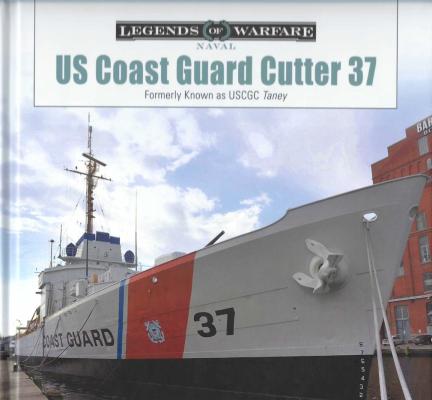ICM has reboxed its He 111 kit for a unique Captured Heinkel scheme in 1/48th scale. The instructions give a very interesting history of this captured He 111H-20 transport variant:
Welcome to the IPMS/USA Reviews site!
Introduction: The primary organization of the IPMS/USA Review website is by IPMS/USA National Contest Class. Within each Class there are sub-menus by kits, decals, books, etc. The Miscellaneous Class is for items that are not class specific or that cross two or more classes.
IPMS/USA Members: We encourage you to submit reviews, both here and to the Journal. To volunteer for membership in the IPMS/USA "Reviewers Corps" and submit your own reviews, please read the Guidelines For Submitting Product Reviews.
Manufacturers, publishers, and other industry members: IPMS/USA is pleased to offer your company the opportunity for product reviews. All product reviews are performed by IPMS/USA members, and are posted in the publicly-accessible section of our website. With very few exceptions, we perform full build reviews of new kit releases, aftermarket products, and supplies. If you would care to provide product samples for review, please contact John Noack, IPMS/USA 1st VP.
To learn more about IPMS/USA, please see our About Us page.
The non-profit UK based group known as the Great War Aviation Society publishes their journal, Cross & Cockade International, four times a year. Issues are available in English as printed [Softbound, A4 (8.27” x 11.69”), 80 pages plus centerfold] as well as digital copies (or both). A new magazine, Contact!, is now available in both print and digital download. The Society also provides a free newsletter (sign up on their website) and occasionally publish WWI themed books like the Sopwith Dolphin monograph I reviewed earlier for IPMS USA. This Journal is the sister of the US Journal, Over The Front. The Great War Aviation Society also hosts a lecture series available through Zoom. If interested, you will need to register early as the call is limited in attendance.
If you believe the Pacific Air War, particularly the Solomons and Southern Pacific theaters haven’t been properly chronicled, you have never heard of author Michael Claringbould. As a fan of his Pacific Profiles series, I was eager to read more of his series, and I was not disappointed. I was introduced to Peter Ingman in this book and thrilled to learn that he partnered with Michael Claringbould for the aforementioned series with three volumes of the Solomons Air War and this, the sixth volume of the South Pacific Air War.
From the Casemate Publishers website,
Volume Six of this series chronicles aerial warfare in the New Guinea theatre in the critical period of January to March 1943. It can be read alone or as a continuation of the previous five volumes which span the first thirteen months of the Pacific War.
The Armed Forces of Ukraine use a wide variety of trucks for different purposes. One notable example is the all-wheel drive ZiL-131, which was mass-produced throughout the 1970s and 1980s for both civilian and military use. Known for its high reliability and exceptional off-road capabilities, the truck proved versatile in many applications.
In the Armed Forces of Ukraine, some of these vehicles received field modifications—being equipped with heavy machine guns or light artillery weapons. Notable examples include ZiL-131 variants fitted with DShKM heavy machine guns, mounted on various pedestals or mounts in their cargo beds. These modifications transform the trucks into fire support vehicles, capable of engaging lightly armored targets and slow-moving aerial targets.
David Doyle's book on the US Coast Guard Cutter 37 is one of the latest entries in the 'Legends of Warfare' series with entries in Ground, Naval, and Aviation. Schiffer Publishing’s The Legends of Warfare series has expanded rapidly since its 2017 debut in the market with now over 100 titles released. This hard cover series covers a wide variety of monographs at a good price point. Catch up with Schiffer Publishing at https://www.facebook.com/schifferpublishing.















